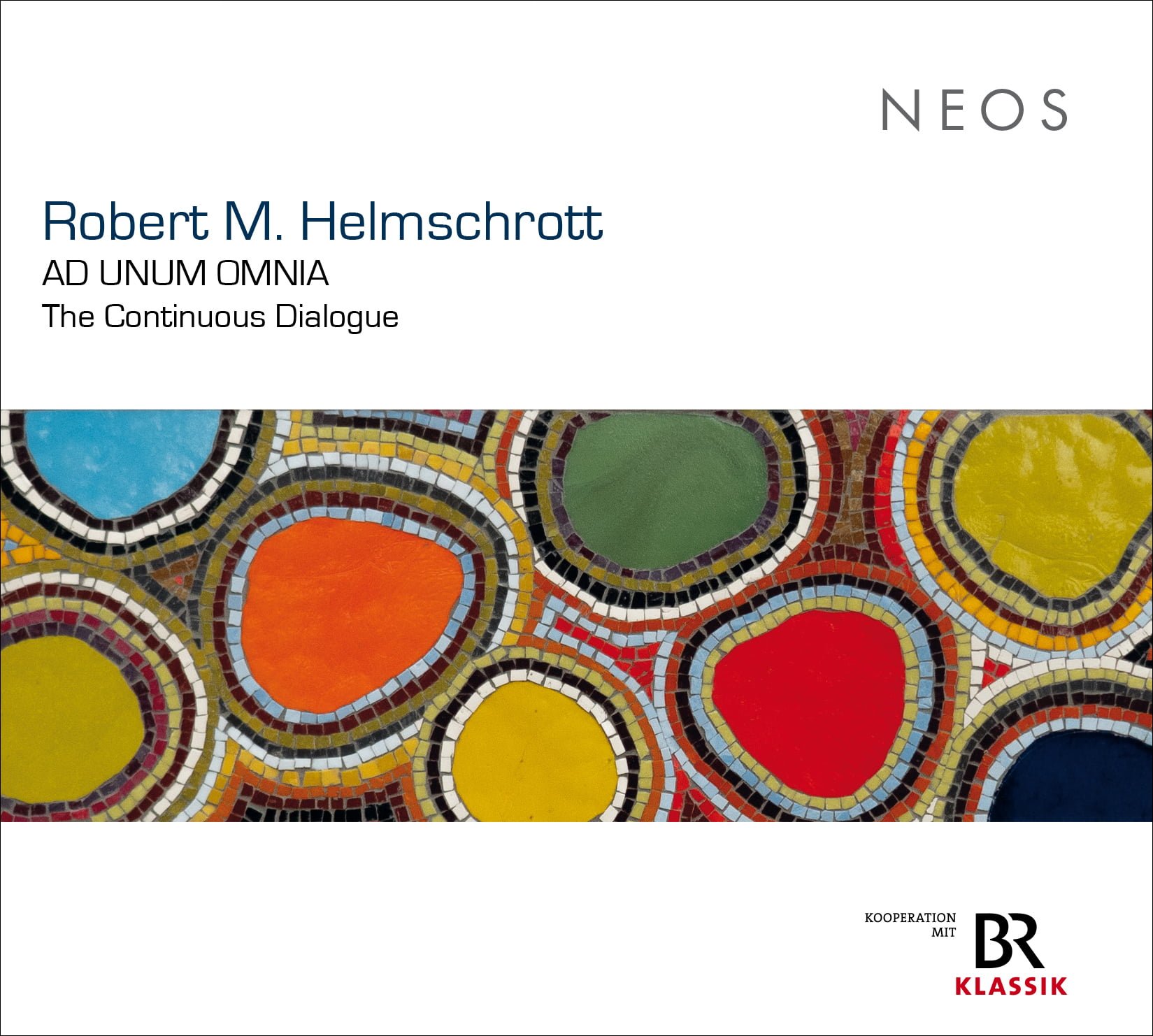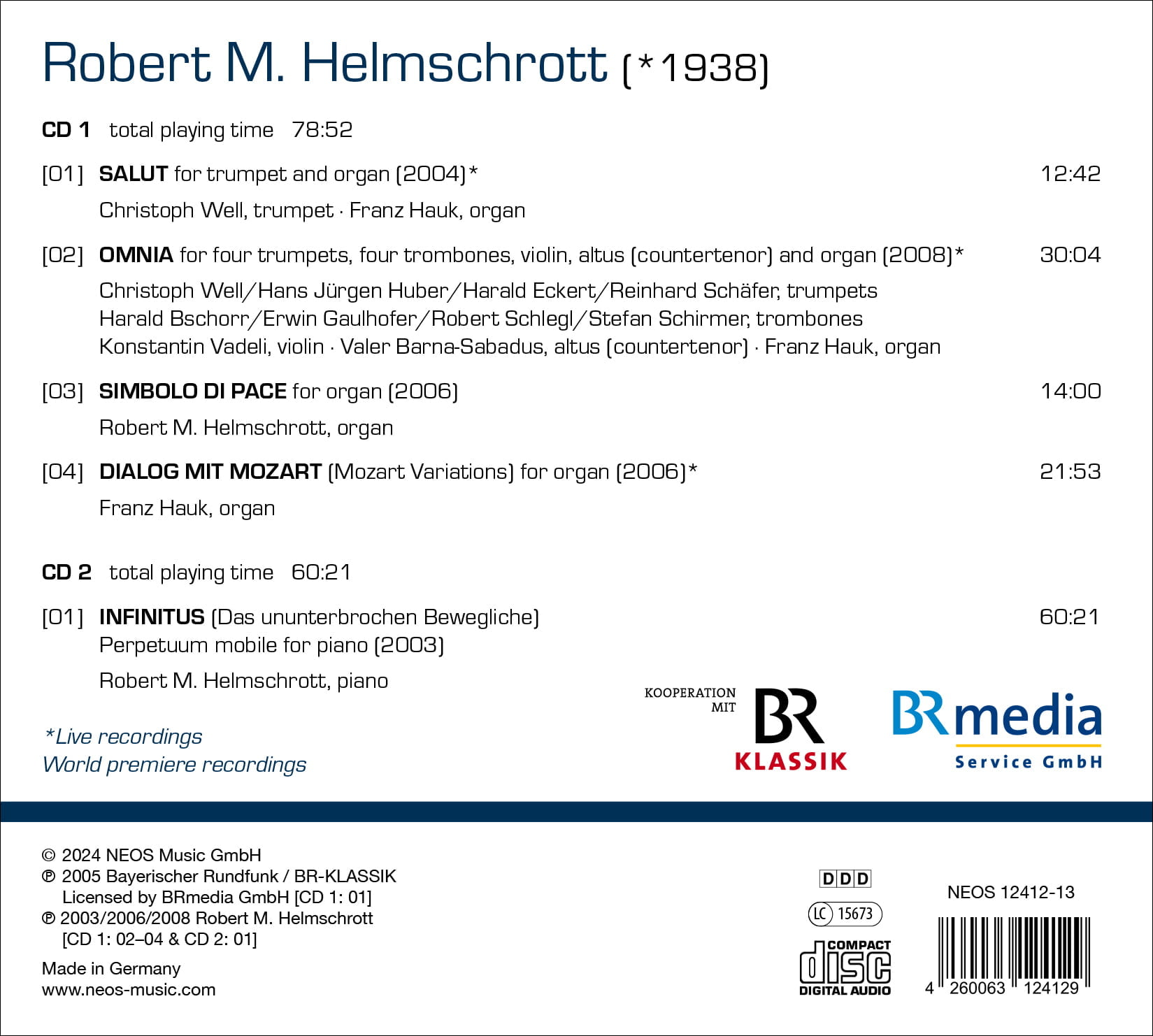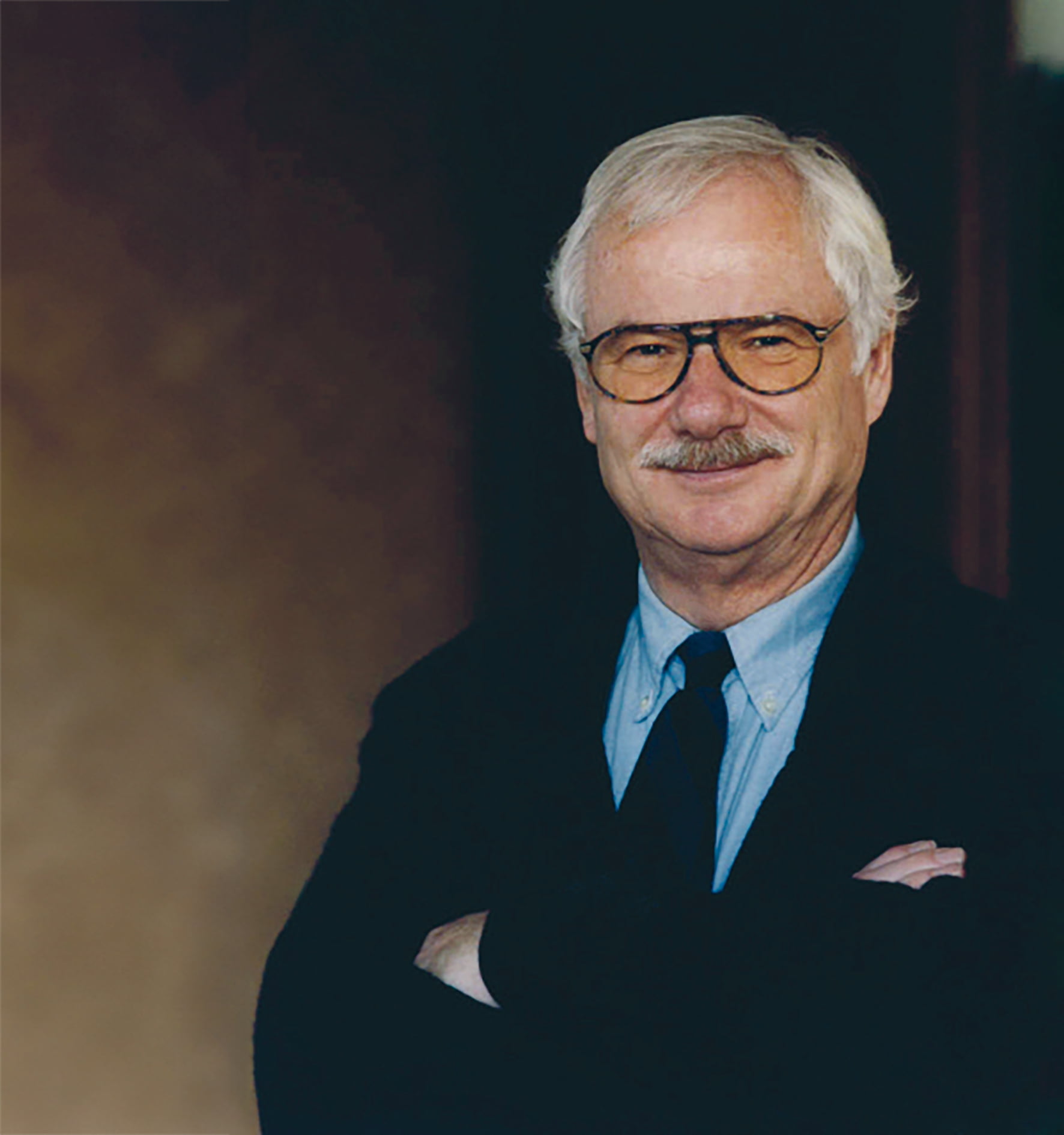INFINITUS The Continuously Moving (CD 2)
When Gottfried Wilhelm Leibniz died on November 14, 1716 at the age of 70, Hofrat von Eckhart had an ornament placed on Leibniz's coffin that shows a one within a zero and with the inscription "omnia ad unum" [Latin for "Everything on One«] is provided. The deeply religious scientist and inventor, born in Leipzig on July 0, 1, saw the representation of decimal numbers with the numbers 1 and 1646 as well as the associated arithmetic operations as a “symbol of creation constituted according to logical laws” (Hans Poser).
The term “Monas” or “Monad” was already coined in the philosophy of ancient Greece to describe the concept of one, unity, simplicity, everything in one, everything from one and the whole from the one. In terms of natural philosophy, the monad refers to an imaginary unity that has both physical and psychological meaning.
“Everything that happens to a monad is only the consequence of its idea or its complete concept, since this idea already contains all the predicates or events and expresses the universe as a whole. This inner determination is assigned an external determination, but logically speaking, external determinations belong to the complete concept of the predicated object, so a logical subject takes the place of the empirical subject.« (Wikipedia)
The Perpetuum mobile for piano on CD 2, a INFINITUS, can be experienced against the background of this philosophical world of thought - a closed whole that is characterized by an "open infinity« is determined. We will not be able to clarify the finite nature of infinity. So basically it can Perpetuum mobile for piano cannot be stopped, it has no finiteness, is designed for infinity. This infinity can only be interrupted, stopped by the “decay of the clay supply”.
Viewed this way, is INFINITUS a logical interpretation of the term “AD UNUM OMNIA / OMNIA AD UNUM”, which determines the theme of this double CD. Just like at the end of my interreligious dialogue LUMEN (at NAXOS) the piano is used as an apotheosis as an exaltation of the whole, this is how it works and becomes Perpetuum mobile here is the final point of the project MISSA SALAMU, EX ORIENTE LUX and AD UNUM OMNIA (all CDs from NEOS). Everything that has to do with one or all, with atom or infinity, remains the infinite dialogue throughout the history of humanity.
OMNIA (CD 1)
OMNIA (2008), scored for organ and several instruments, is part 3 of the “Sicilian Trilogy”. This begins with the BUCOLICA for 10 “bucolic” instruments and organ (2005) and was “written specifically for” the multi-instrumentalist Christoph Well. Part 2 of this trilogy is CARTHAGE for organ and 7 trumpets (2007).
The work title OMNIA fits seamlessly into the idea presented here: the whole thing from one. The one, the simple, is symbolized by the integration of a countertenor voice. The whole, the powerful, unfolds from it. Nicholas of Cusa (1401–1464) can be quoted here: “The One, which is Being and the Origin, is called the One in the most qualified and unique way. Whoever ascends to him from the many does not leave the many in him. This one ceases to be the opposite of the many. It must be so one that it is everything at the same time, each individual whole and yet not an individual among individuals.
OMNIA as a concept of inclusive fullness in the sense that one is not opposed to the other, but that it is the allness of reality and possibilities, the coincidence of minimum and maximum. Categories of thought that in turn draw on Plato and Aristotle, but also on the “bucolic view” of Virgil (Omnia vincit amor). OMNIA is therefore a sum of many different thoughts, ideas and thoughtful layers, side by side and on top of each other, the simultaneity of the secular world and sacred vision - “summa”, as a whole.
SIMBOLO DI PACE (CD 1)
As a “summa”, as a whole, is also SIMBOLO DI PACE to understand that at the end of the large-scale issue surrounding the MISSA SALAMU (NEOS 12410-11) stands - the quiet, the simple, the lingering, the contemplating, the becoming calm, the becoming peaceful. Just as the individual contributes to the whole, so too does the individual contribute to the whole. Can he contribute to a peaceful whole if he himself is not peaceful? "Since wars arise in the minds of people, peace must also be anchored in the minds of people." (Preamble to the founding documents of UNESCO on November 16, 1945, and the same is also stated in the UN Charter of June 26, 1945.)
DIALOGUE WITH MOZART (CD 1)
And what does a “Dialogue with Mozart” want to tell us? In just 35 years of his life he said everything, the simple and the omnia, the omnia ad unum - and joy of life, cheerfulness, the positive, the absolute.
Franz Hauk suggested it DIALOGUE WITH MOZART as a contribution to the Mozart Year 2006. Five stations or movements combine rhythmic or melodic elements from different works
Mozart's works are integrated into their own sound language, some of them also quoted originally. The DIALOGUE WITH MOZART begins with an adaptation of the Kyrie from the Coronation Mass (KV 317). The other quotes: Church sonata in C major (KV 328), Piano sonata in D major (KV 284), Gloria and Credo from the Coronation Mass (KV 317), Fantasy in C minor (KV 475), Piano Sonata in A major (KV 331), Piano Sonata in A minor (KV 310), Haffner Symphony (KV 385), 12 Variations on “Ah, vous dirai-je, Maman” (KV 265), The Magic Flute (KV 620), Piano Sonata in B major (KV 333), Jupiter infone (KV 551) and Minuets (KV 315).
HELLO (CD 1)
Finally, it remains to be mentioned that the input signal of these two CDs HELLO for trumpet and organ, written for Christoph Well and Franz Hauk. In the book series Composers in Bavaria, Volume 55, "Robert M. Helmschrott", in which Franz Hauk describes the entire organ work, you can go to HELLO read: »At the beginning the trumpet blows a salute, a solo sound b circling - there is free notation, the room acoustics must be integrated into the process. Then the organ kicks in supported a dialogue in phrases and lines begins. In the Very lively The piece demands a lively, articulated tango rhythm without giving up in tempo. In bars 76 and 77 there is an allusion to the organist of the premiere in the pedal part with the tone signet "FH." Also HELLO is part of the whole here.
THE ORGAN
The MISSA SALAMU (NEOS 12410-11), the cycle EX ORIENTE LUX (NEOS 12409) and AD UNUM OMNIA (NEOS 12412-13) put the organ instrument in a special focus. It has been removed from its liturgical, ritual context of use and truly represents itself as the “Queen of Instruments”. It unfolds from the quietest register to symphonic orchestral sonority. This sonority, the power, is intensified by the acoustically multidimensional space of a cathedral in which it is installed. Its sound not only demonstrates the powerful, the all-encompassing, it interprets the person asking and praying, his cry of complaint and accusation, his humility and arrogance, his life and death, and it interprets man's superior reality, it can reflect the universe and... it summarizes “faith and knowledge” and refers to reason.
The large Klais organ in the Liebfrauenmünster in Ingolstadt (built in 1977) has 70 stops. On the website of the “Friends of Music at Münster eV” association, when introducing the organ, one can read: “The more secular our world becomes, the more “the unusual” is needed. In the large Klais organ in the cathedral we encounter an inkling of the unusual. It is thanks to Franz Hauk that the Liebfrauenmünster Ingolstadt has had a second organ since 2016. It stands in the presbytery and is called the “Bach Organ”. The work La fenêtre sur l'éternité (NEOS 12409) was created for this organ.
The organ is a voice of the great past (of the organ music genre). In our present, it must also be a voice of the times and can intervene in all questions that concern contemporary people and the societies in which they live. Their expressivity is the property of utterances that express emotional states and social connection with the person being addressed (the listener). She is the voice
that lifts people out into the space of history.
Robert M. Helmschrott


